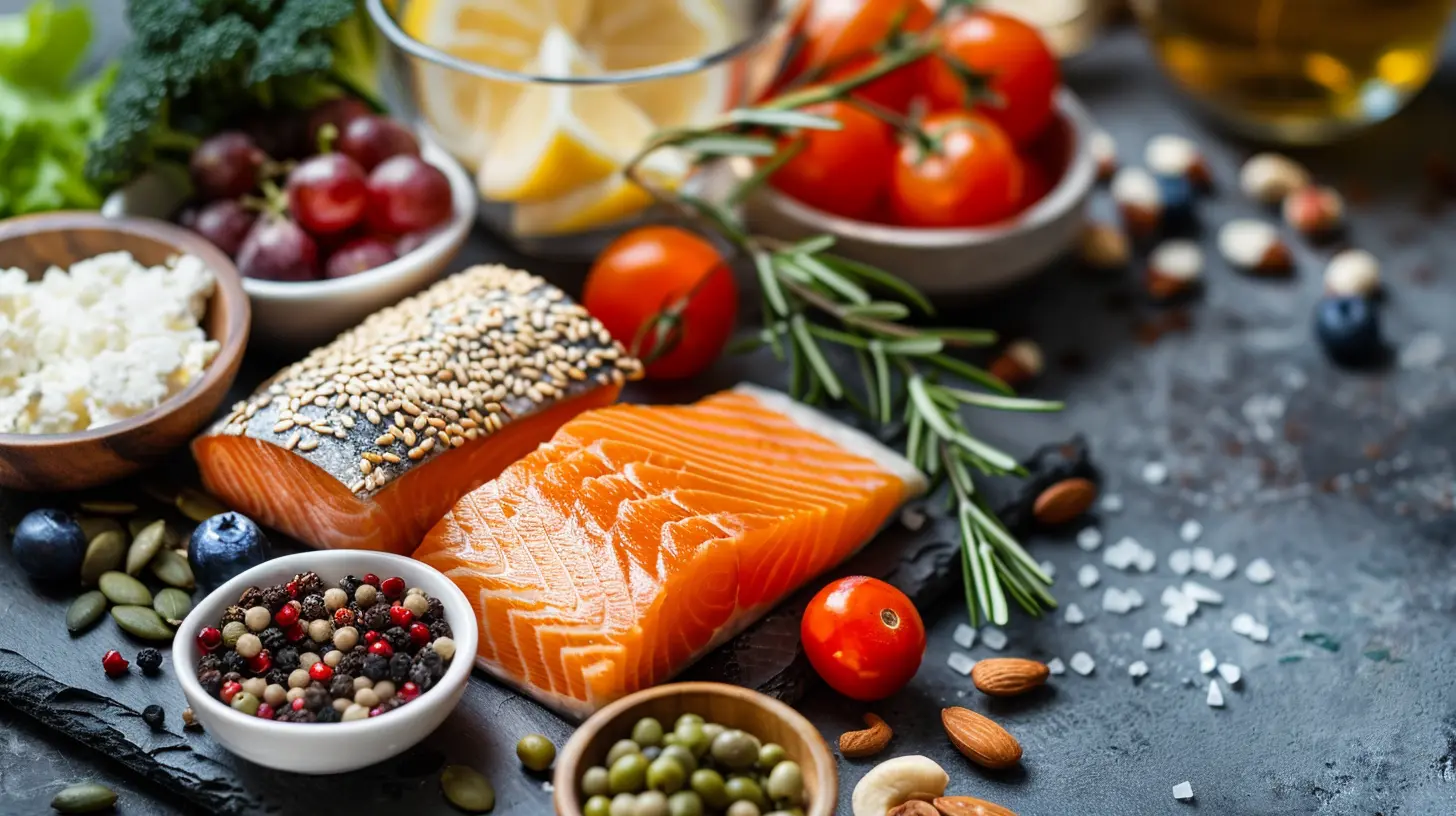The Link Between Cholesterol and Stroke Risk
24 June 2025
Cholesterol often gets a bad reputation, but did you know that your body actually needs it to function properly? That said, too much of certain types of cholesterol can be dangerous—especially when it comes to your risk of stroke. If you're wondering how these two are connected, you're in the right place. Let’s break it down in simple terms. 
What Is Cholesterol, Really?
Cholesterol is a fatty substance found in your blood. Your body makes it naturally, but you also get it from food. It plays an essential role in producing hormones, vitamin D, and digestive fluids. But not all cholesterol is created equal.There are two main types:
- Low-Density Lipoprotein (LDL) – Often called "bad" cholesterol, LDL contributes to plaque buildup in your arteries.
- High-Density Lipoprotein (HDL) – The "good" cholesterol, HDL helps remove LDL from your body.
Too much LDL or too little HDL can lead to serious health problems, including an increased risk of stroke. 
How Cholesterol Affects Your Blood Vessels
Imagine your blood vessels as pipes carrying water. Now, picture cholesterol as grease. Over time, if too much grease builds up inside the pipes, the water struggles to flow freely. That’s exactly what happens when cholesterol creates plaque in your arteries.When arteries get clogged, it restricts blood flow to your brain. If a fatty deposit (plaque) breaks off and blocks an artery, it can trigger a stroke. This is why managing cholesterol levels is crucial for maintaining overall vascular health. 
The Connection Between High Cholesterol and Stroke
A stroke occurs when blood flow to the brain is disrupted, either due to a blockage (ischemic stroke) or bleeding (hemorrhagic stroke). High cholesterol significantly increases the risk of an ischemic stroke. Here’s how:1. Plaque Formation – LDL cholesterol builds up on artery walls, narrowing them and reducing blood flow.
2. Blood Clots – Plaque can rupture, causing blood clots that may travel to the brain.
3. Hypertension Risk – High cholesterol often goes hand in hand with high blood pressure, another major stroke risk factor.
These factors make it clear that keeping cholesterol in check is key to preventing strokes. 
Who’s at Risk?
Some people are more prone to high cholesterol and, in turn, a higher risk of stroke. Here are some common risk factors:- Poor Diet – A diet high in saturated and trans fats can raise LDL levels.
- Lack of Physical Activity – Exercise helps boost good cholesterol (HDL) while lowering LDL.
- Obesity – Excess weight increases cholesterol levels and puts extra strain on the heart and blood vessels.
- Smoking – Cigarettes lower HDL and damage blood vessels, leading to plaque buildup.
- Genetics – Some people inherit high cholesterol from their families, making lifestyle management even more crucial.
- Age and Gender – Cholesterol levels tend to rise with age, and men generally have higher cholesterol levels than women until menopause.
Recognizing these factors can help you take control before they lead to something more serious.
How to Lower Your Cholesterol and Reduce Stroke Risk
The good news? High cholesterol is something you can manage. Here’s how:1. Eat Heart-Healthy Foods
Your diet plays a huge role in cholesterol levels. Swap out unhealthy fats for healthier options:✔ Choose healthy fats – Avocados, nuts, and olive oil are great alternatives to saturated fats.
✔ Increase fiber intake – Oats, beans, and fruits help lower LDL cholesterol.
✔ Cut back on processed foods – Many packaged foods contain hidden trans fats that raise bad cholesterol.
2. Get Moving
Exercise isn’t just about losing weight—it helps regulate cholesterol levels. Aim for:- 30 minutes of moderate exercise (like brisk walking) most days of the week.
- Activities that get your heart pumping, like cycling or swimming.
3. Quit Smoking
If you smoke, quitting is one of the best things you can do for your heart and brain. Within weeks of stopping, good cholesterol levels start to rise, and your stroke risk begins to drop.4. Maintain a Healthy Weight
Shedding extra pounds can improve cholesterol levels significantly. Even a 5–10% weight loss can make a difference in lowering your risk of heart disease and stroke.5. Watch Your Alcohol Intake
Drinking in moderation (one drink per day for women and two for men) might be okay, but excessive alcohol can spike cholesterol levels and increase stroke risk.6. Consider Medication If Needed
For some, lifestyle changes aren't enough. If your doctor recommends cholesterol-lowering medications (like statins), it's important to take them as prescribed. These drugs help prevent plaque buildup and reduce stroke risk.Final Thoughts
Cholesterol itself isn’t the enemy—it’s all about balance. Keeping your cholesterol levels in check isn’t just good for your heart; it’s a major step in preventing strokes. By making small but impactful lifestyle changes, you can protect your arteries, lower your risk, and lead a healthier life.So, the next time you think about cholesterol, remember: it’s not just a number on a test—it’s something that directly affects your brain health. Take control today because your future self will thank you.
all images in this post were generated using AI tools
Category:
CholesterolAuthor:

Jackson Mahoney
Discussion
rate this article
1 comments
Sylvia Webster
Cholesterol significantly impacts stroke risk; managing levels is crucial for prevention.
June 28, 2025 at 4:51 PM

Jackson Mahoney
Thank you for highlighting this important point! Managing cholesterol levels is indeed vital for reducing stroke risk.


